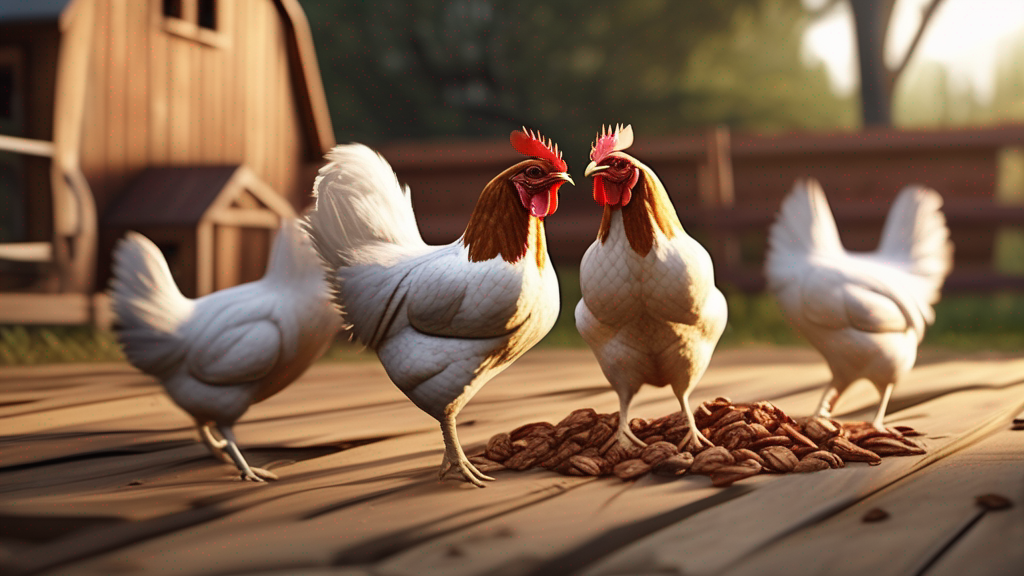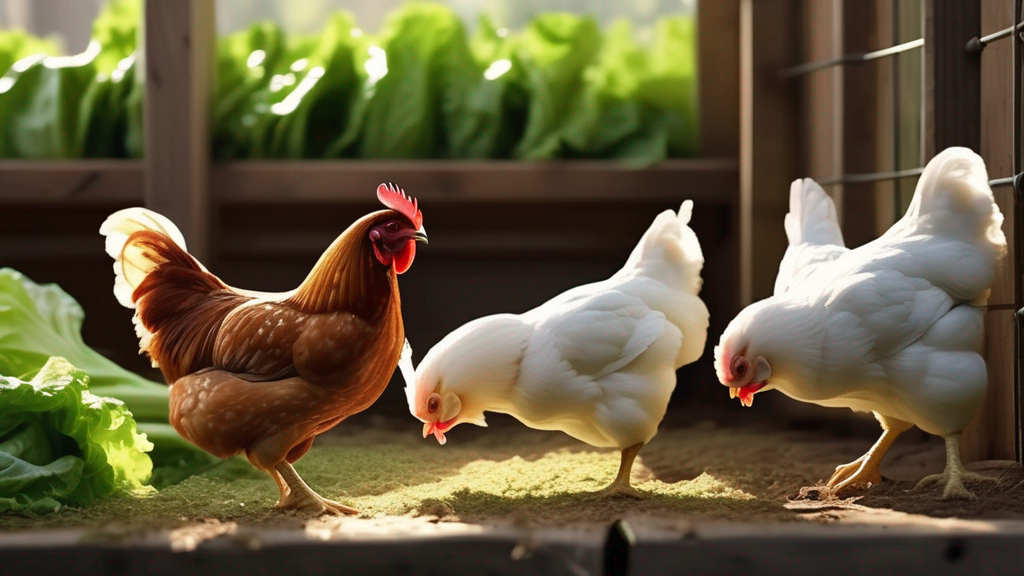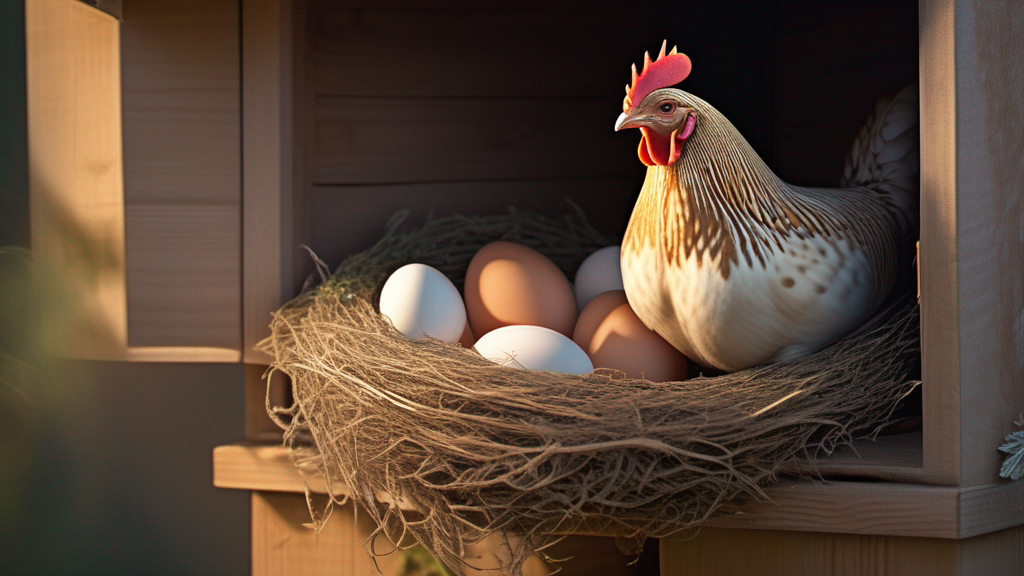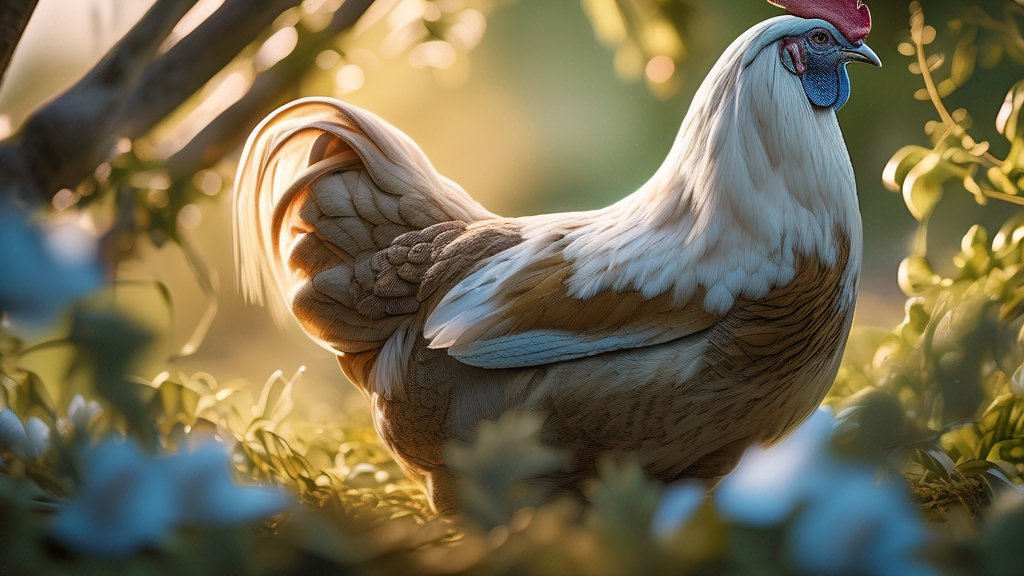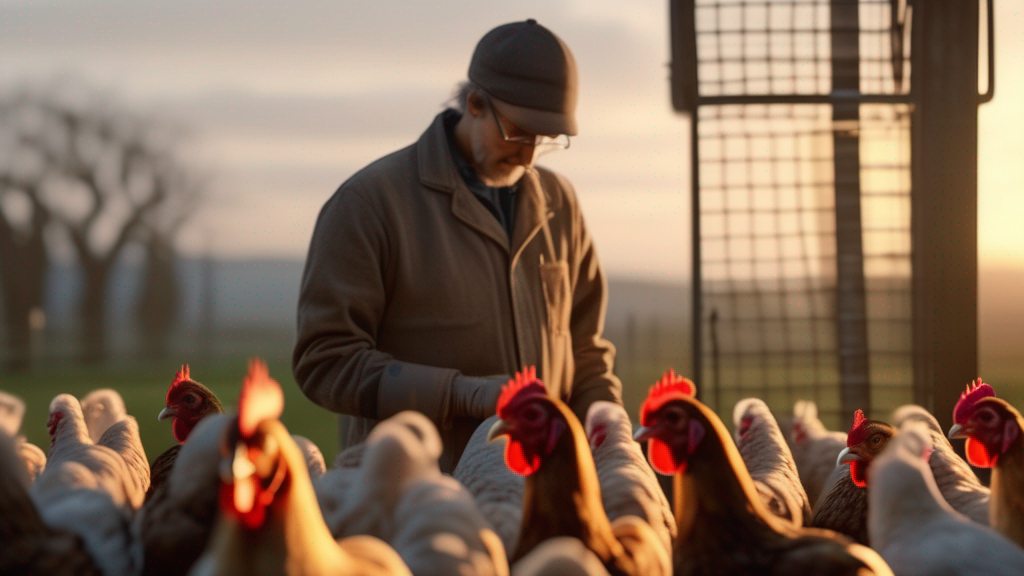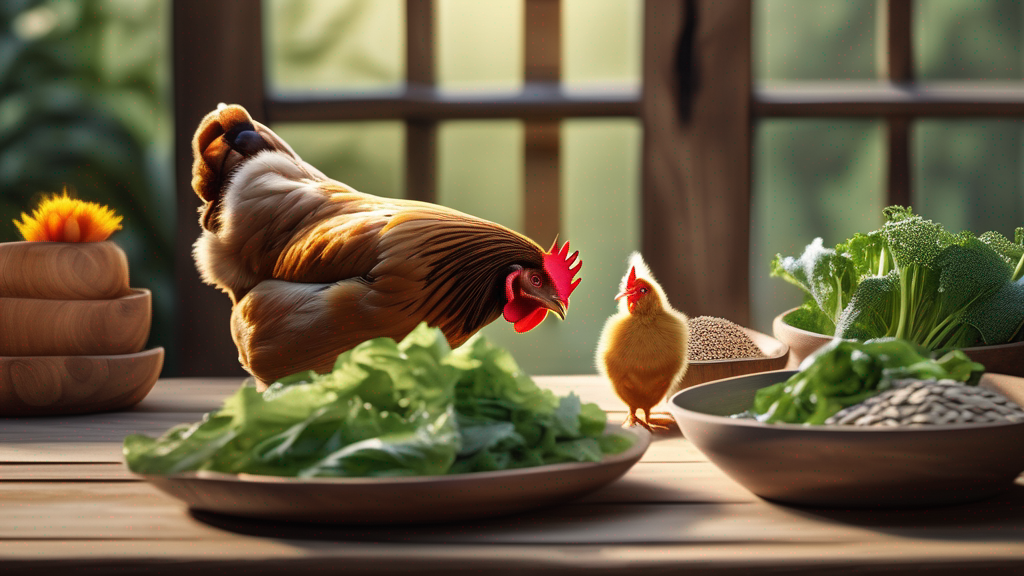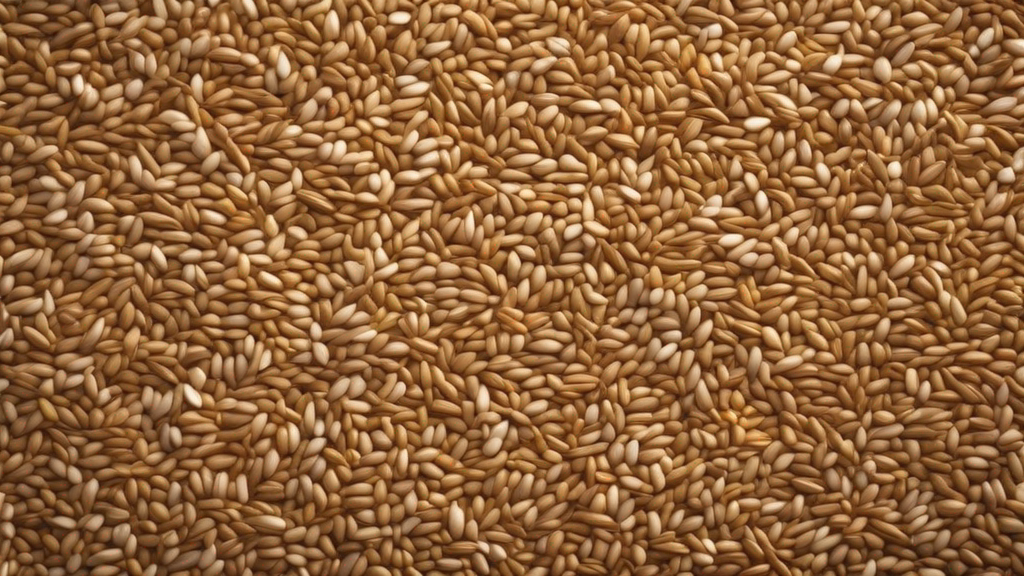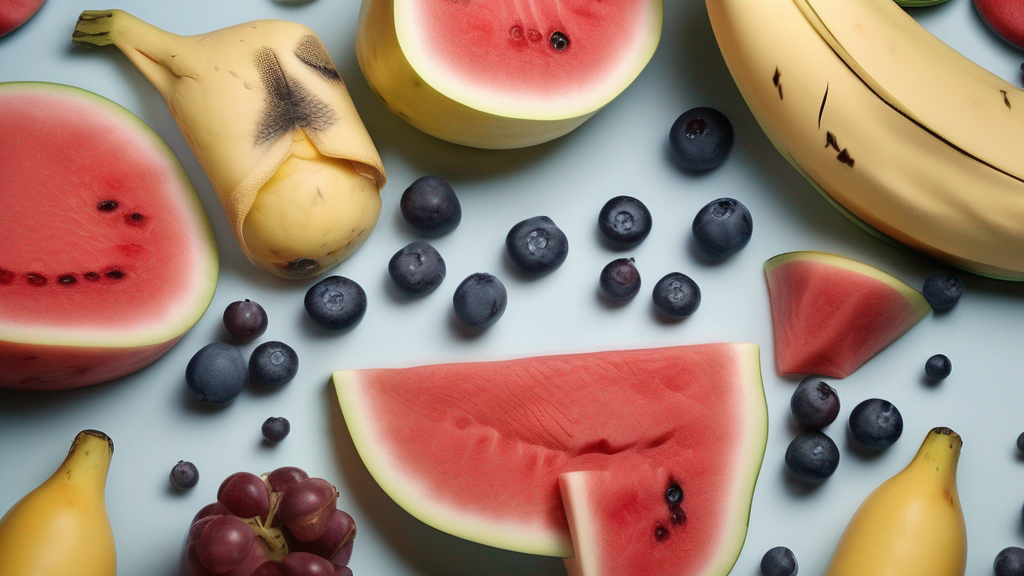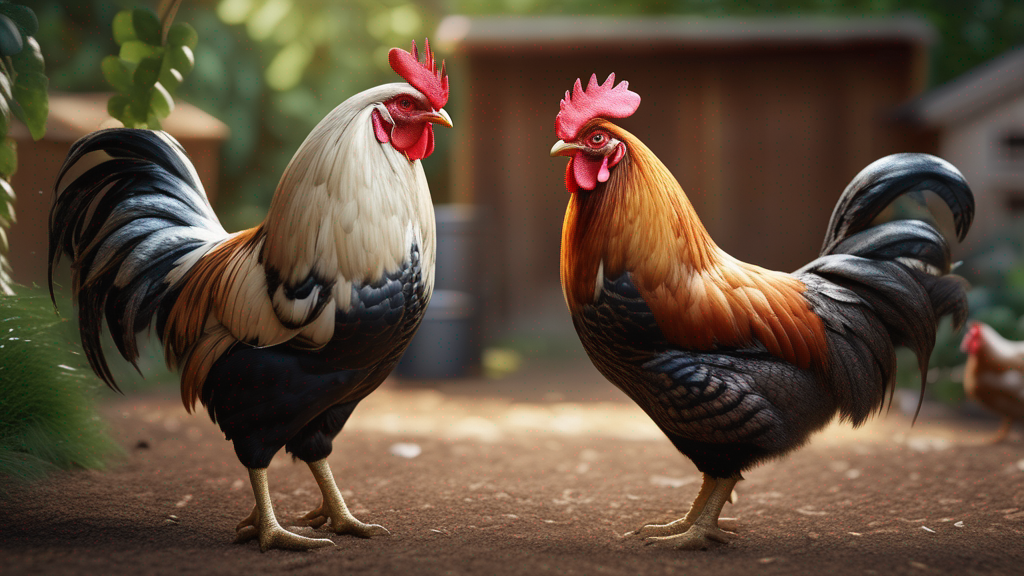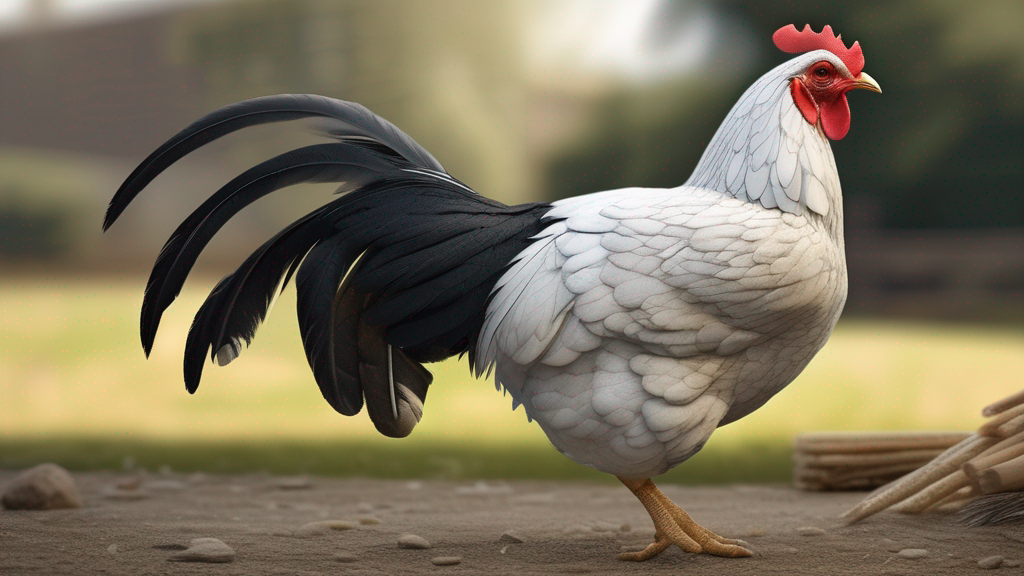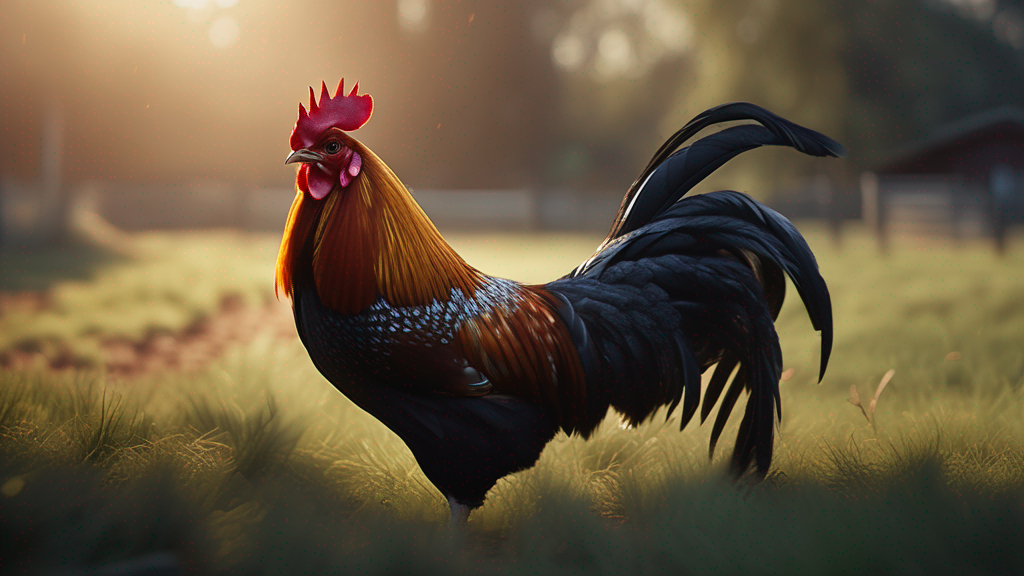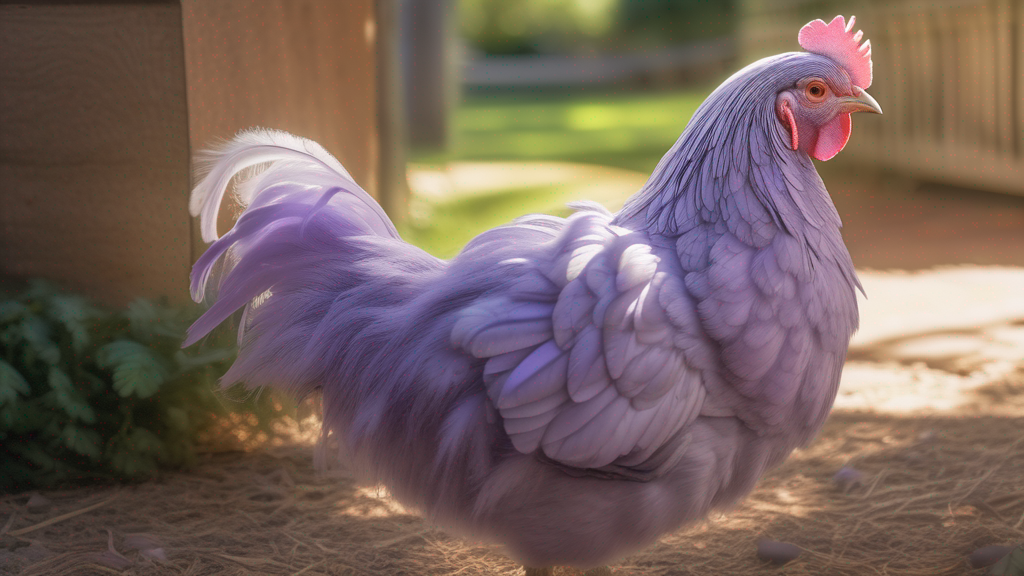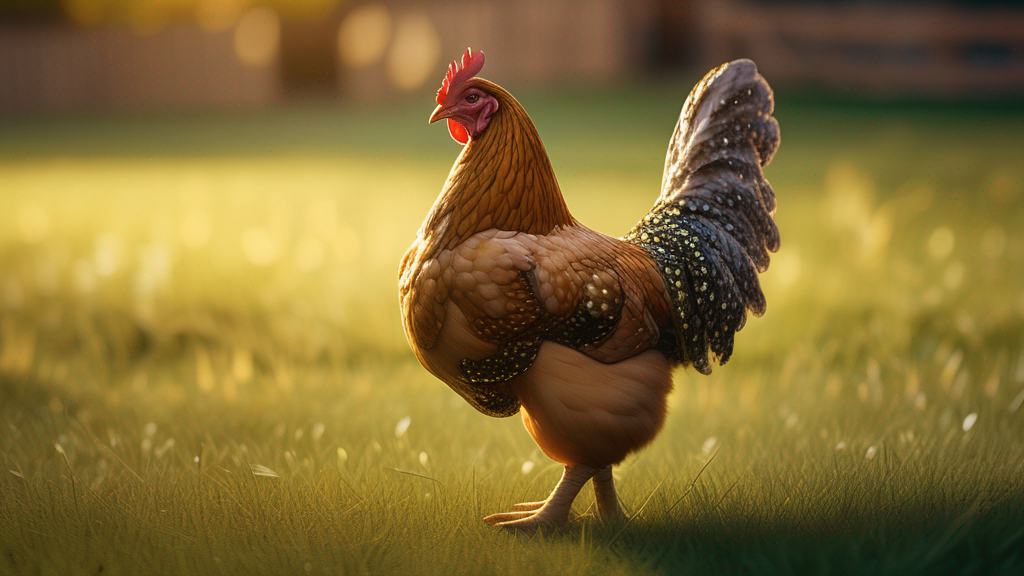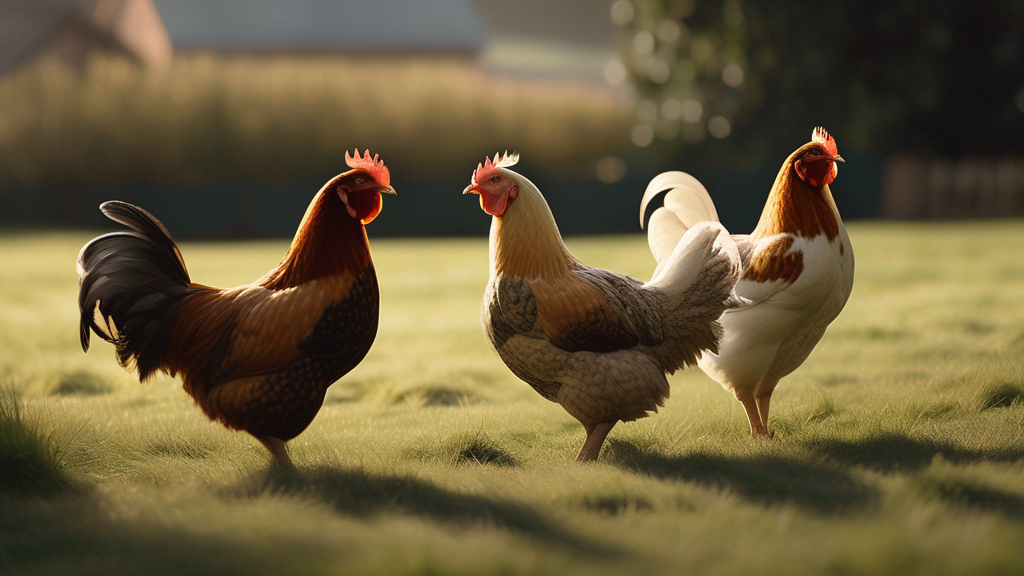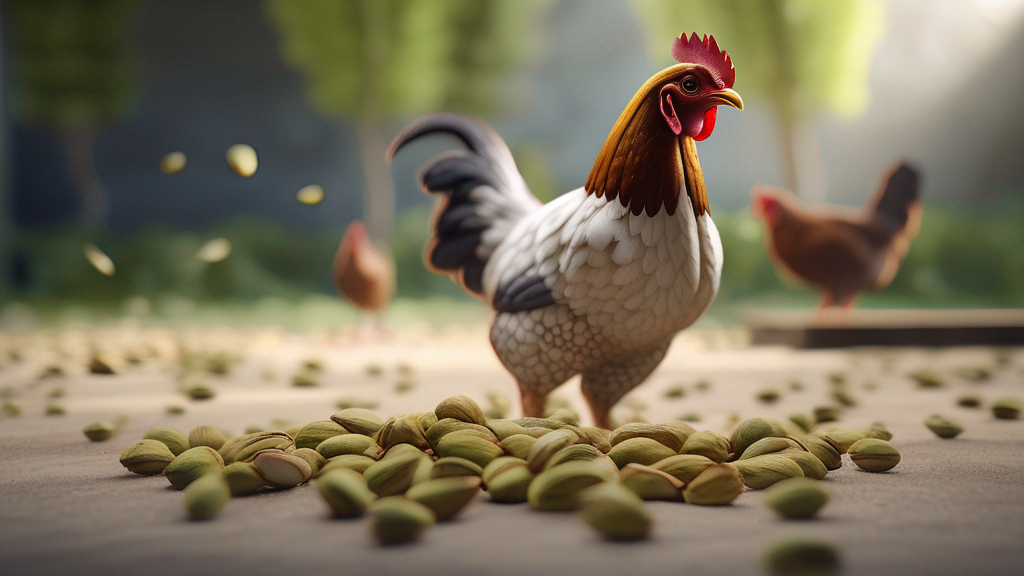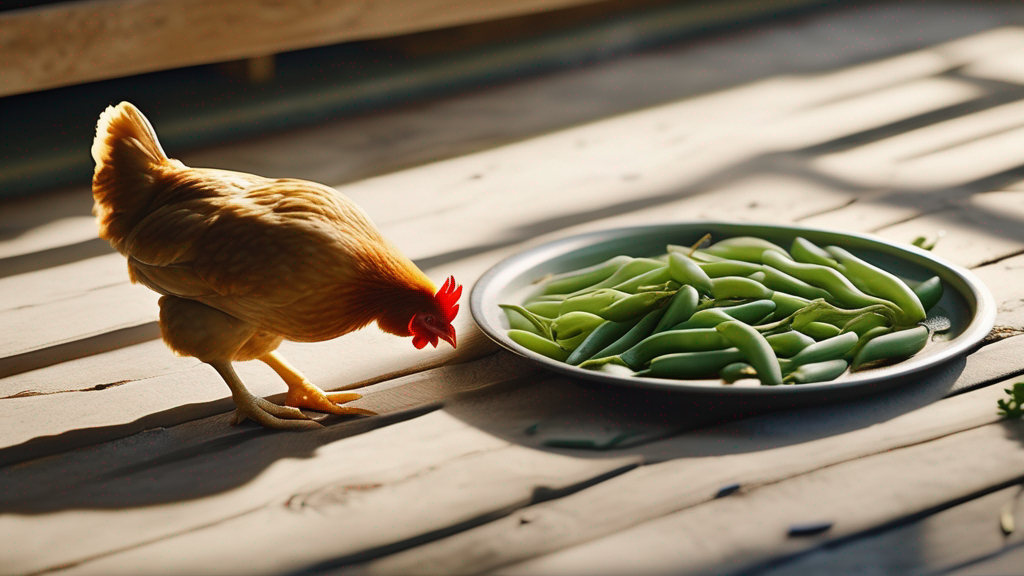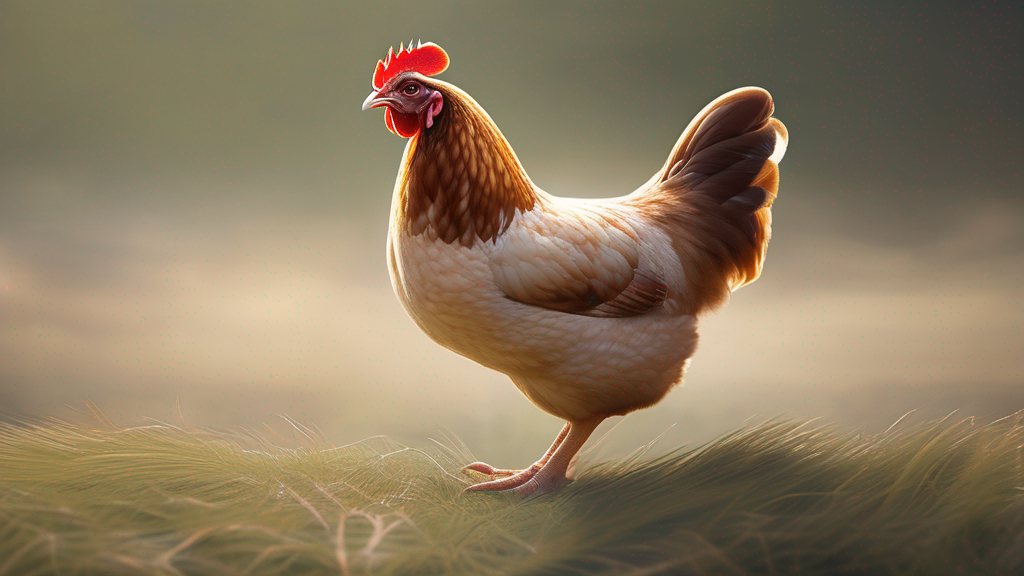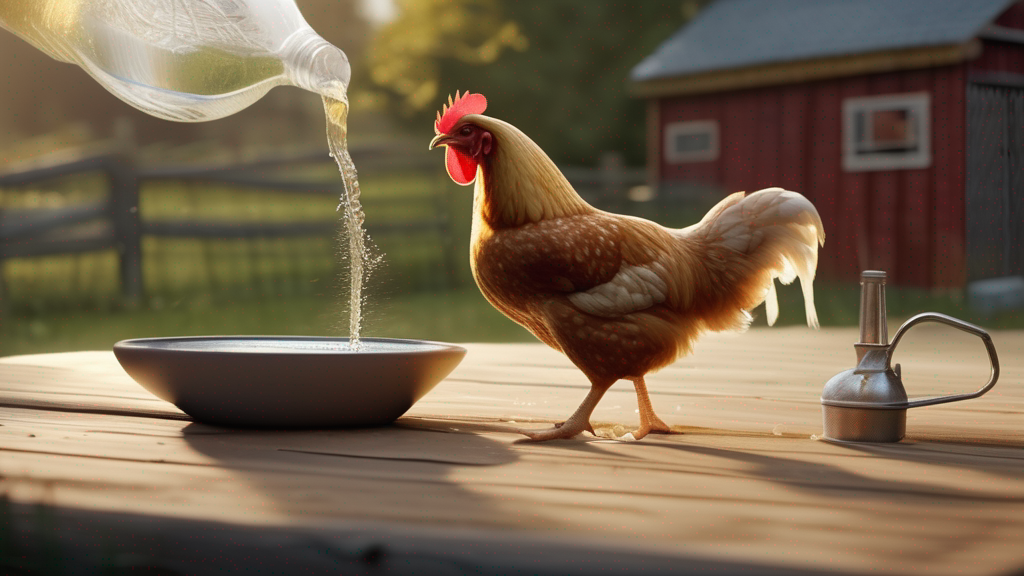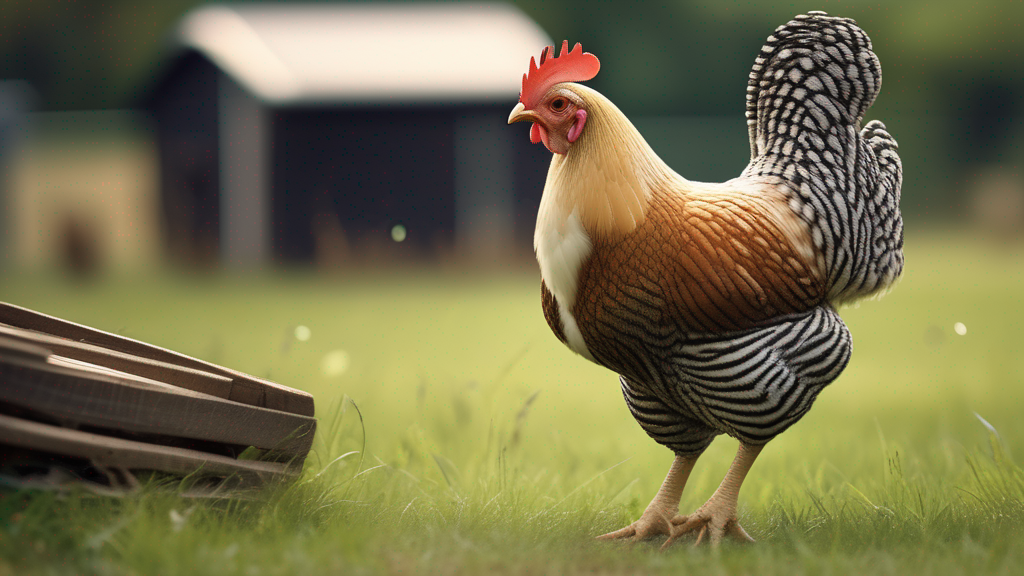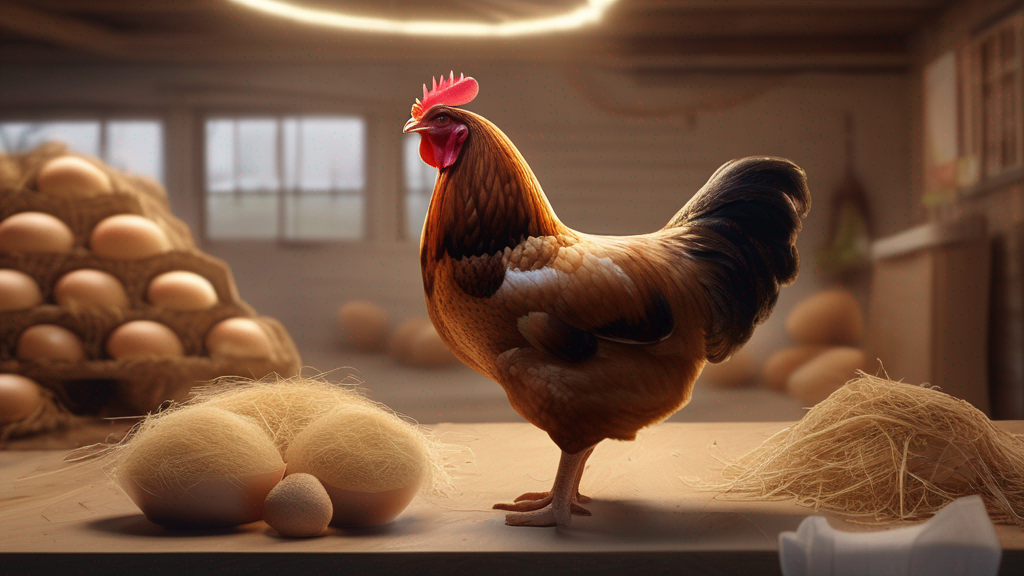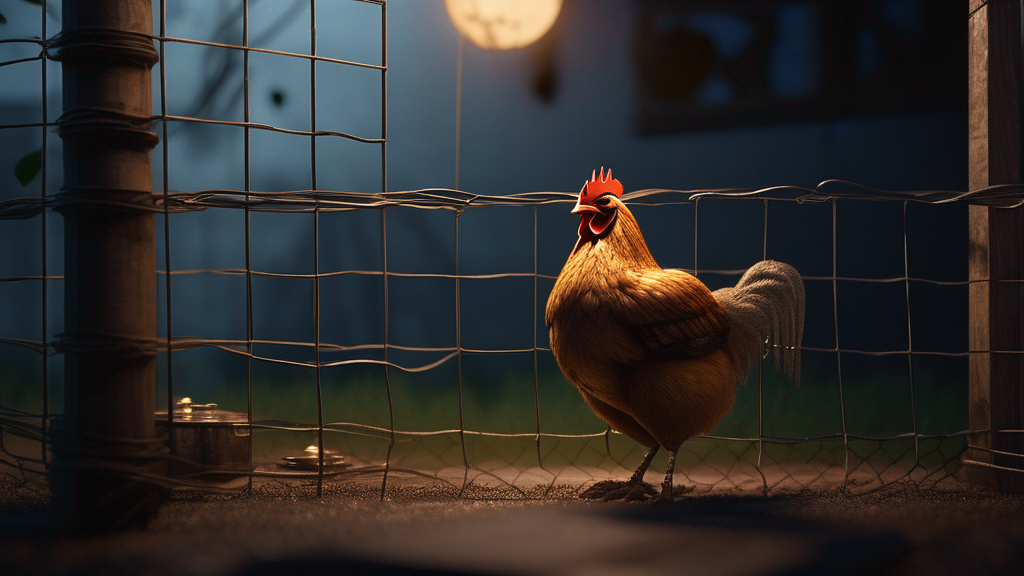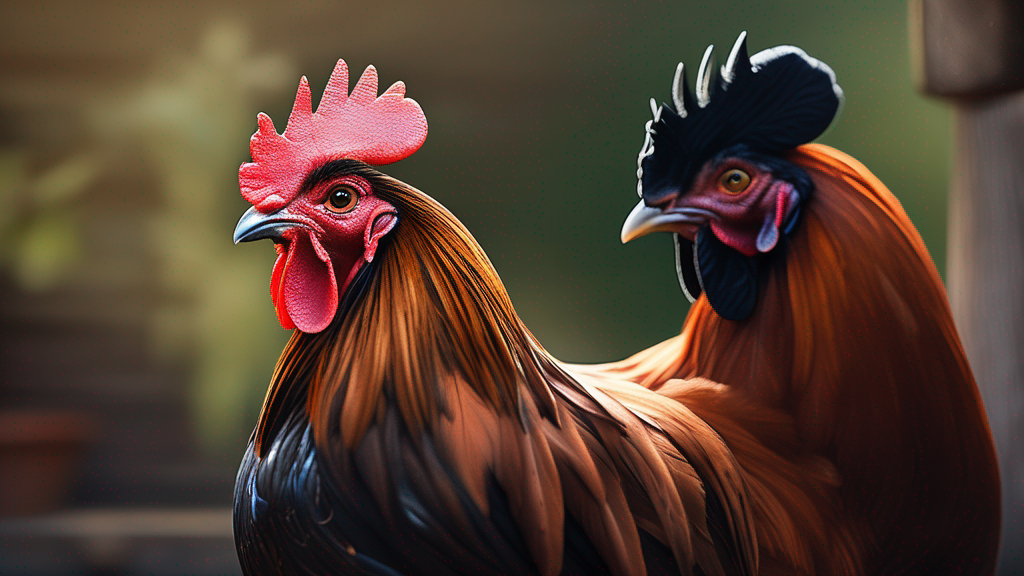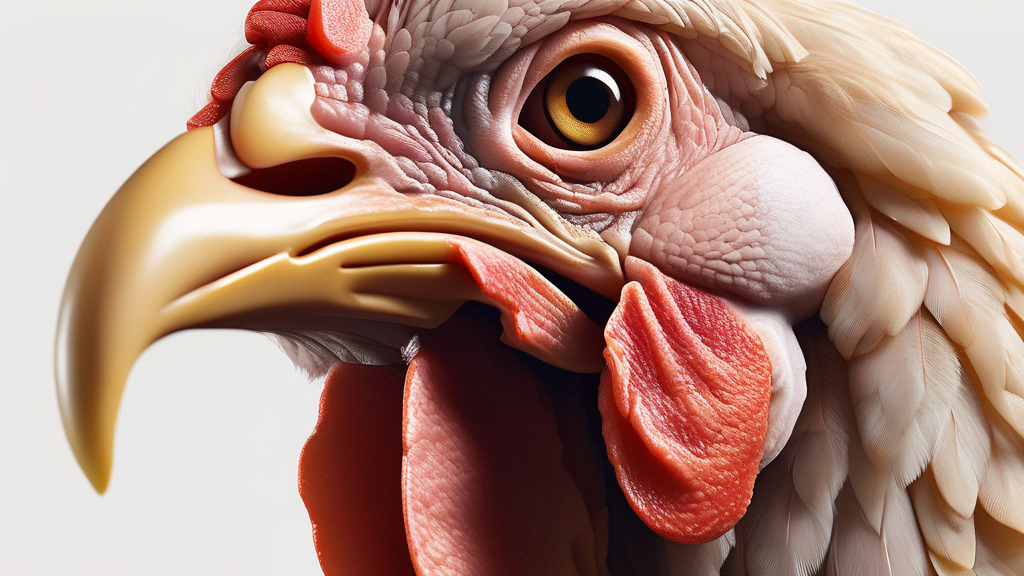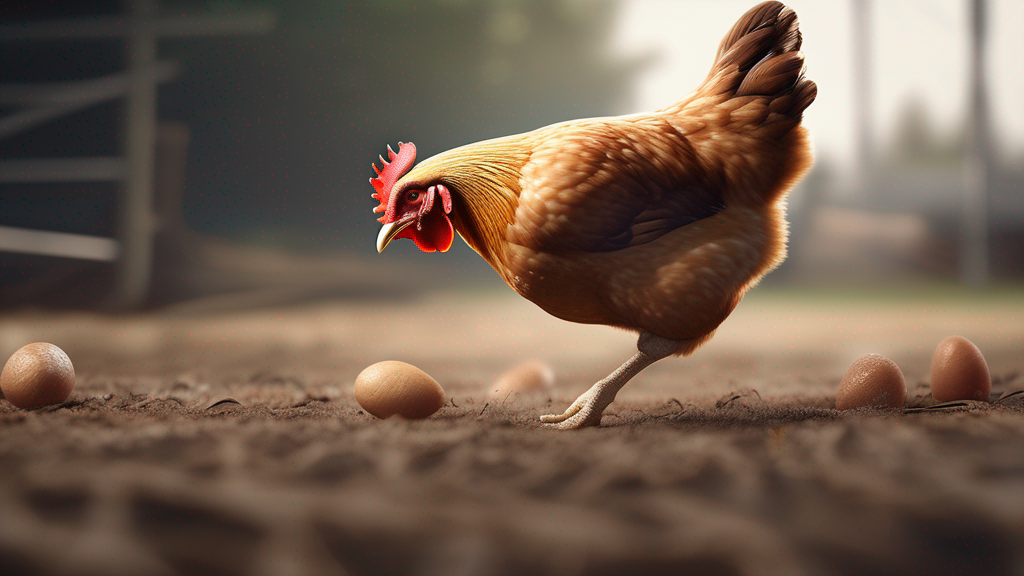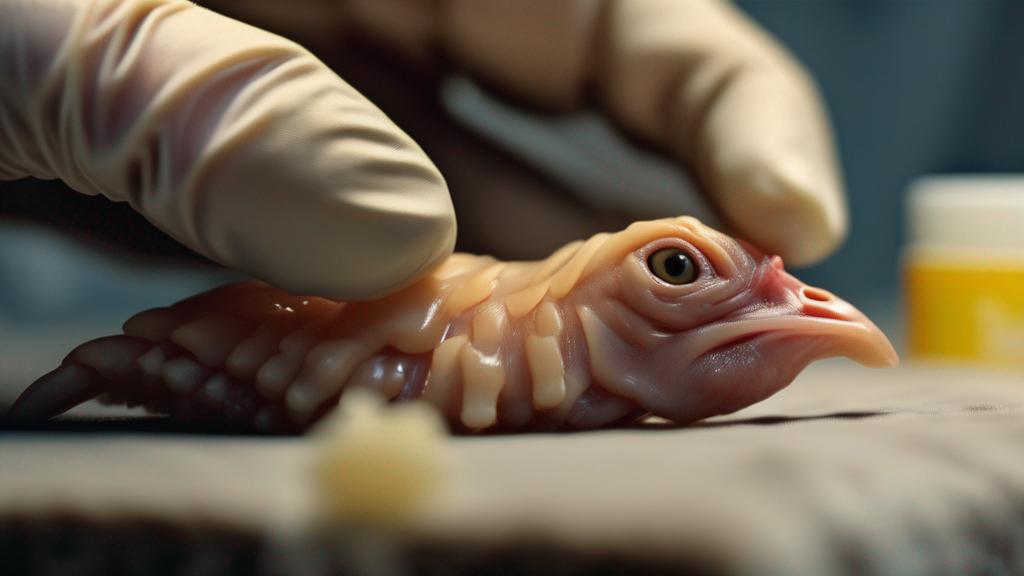Chickens are naturally curious foragers, often pecking at anything that looks like food. But not everything that’s edible to humans is safe for our feathered friends. One such food item that often raises questions is pecans. So, can chickens eat pecans safely?
In this comprehensive guide, we’ll explore the nutritional benefits and potential risks of feeding pecans to chickens, backed by nutritional data, expert opinions, real-life poultry keeper insights, and practical tips to include pecans responsibly in your flock’s diet.
Are Pecans Safe for Chickens?
Yes, chickens can eat pecans—but with some important caveats. Pecans are not toxic to chickens, and in moderation, they can offer nutritional benefits. However, because of their high fat content, potential for rancidity, and choking hazards, pecans should only be fed in small, controlled amounts and never as a primary part of the diet.
Understanding when and how to offer pecans (and ensuring they’re fresh and properly prepared) will maximize benefits while minimizing risks.
Nutritional Value of Pecans
Pecans are packed with healthy fats, antioxidants, and essential minerals. Below is a breakdown of pecan nutrients per 100 grams:
| Nutrient | Amount per 100g |
|---|---|
| Calories | 691 kcal |
| Protein | 9.17 g |
| Fat | 72.0 g (mostly unsaturated) |
| Carbohydrates | 13.9 g |
| Fiber | 9.6 g |
| Calcium | 70 mg |
| Iron | 2.5 mg |
| Magnesium | 121 mg |
| Phosphorus | 277 mg |
| Potassium | 410 mg |
| Vitamin E | 1.4 mg |
| Folate | 22 µg |
| Antioxidants | High (polyphenols) |
Benefits of Pecans for Chickens
- Healthy Fats & Energy: The unsaturated fats in pecans provide a concentrated energy source. During cold months or molting, an occasional small amount can help maintain body weight and warmth.
- Protein: While not as high as dedicated protein sources (e.g., mealworms), pecans contribute moderate protein for feather development and repair.
- Minerals: Magnesium, phosphorus, and calcium support bone health, eggshell formation, and metabolic functions in laying hens.
- Antioxidants: Pecans rank high among nuts for antioxidant content (polyphenols), which may help reduce oxidative stress and support immune defense in poultry.
- Variety & Enrichment: Offering pecans occasionally adds dietary variety and enrichment, encouraging foraging behavior and mental stimulation.
Risks of Feeding Too Many Pecans
Despite their benefits, overfeeding pecans can cause more harm than good. Key risks include:
- High Fat Content: Excessive fat can lead to obesity, fatty liver syndrome, or disrupt normal diet balance. Overweight birds may lay fewer eggs and become less active.
- Rancidity & Mycotoxins: Nuts can become rancid if stored improperly. Rancid fats are harmful and can cause digestive upset. Additionally, improperly stored nuts may develop mold or aflatoxins, which are toxic to chickens.
- Choking Hazard: Whole pecans or large pieces can pose choking risks, especially for younger or smaller breeds. Shell fragments also risk injury.
- Imbalanced Diet: Too many treats can reduce intake of balanced layer feed, leading to deficiencies in essential vitamins, amino acids, and minerals designed for optimum egg production and health.
- Allergic Reactions: Though rare, individual birds might react poorly; monitor the flock for any digestive changes or unusual behavior after first introduction.
How to Feed Pecans to Chickens Safely
Follow these best practices when offering pecans:
- Inspect Freshness: Only offer fresh, unseasoned pecans. Avoid salted, flavored, or candied nuts. Check for rancid smell or visible mold; discard any suspect nuts.
- Remove Shells: Never give chickens pecans in the shell. Hard shells can damage beaks or cause choking. Use shelled pecans only.
- Chop or Crush: Break into small pieces or finely chop. Smaller pieces reduce choking risk and ease digestion. You can also grind into a coarse meal mixed with other feed.
- Mix with Other Ingredients: Combine pecan pieces with oats, cracked corn, or fruit scraps to dilute fat concentration and add variety. Mixing encourages pecking and foraging.
- Portion Control: Limit pecan treats to no more than 5-10% of total daily feed intake. For a standard-sized hen, a few small pieces (e.g., one pecan split among several birds) once or twice a week is sufficient.
- Monitor Flock Response: Observe birds after first feeding. Ensure normal droppings, activity, and appetite remain steady. If any adverse signs appear, discontinue pecan feeding.
- Seasonal Considerations: Offer pecans primarily in colder months or during molt when extra calories benefit birds. Avoid high-fat treats during hot weather to prevent overheating and obesity.
Expert Insights and Facts
- According to the USDA, pecans have among the highest antioxidant levels of common nuts, which could help reduce oxidative stress in poultry (USDA Nutrient Database).
- Poultry nutritionists often recommend occasional nuts (e.g., peanuts, pecans) as energy boosters during molting or winter, but always stress moderation.
- Veterinarians advise keeping treats under 10% of diet. Overfeeding fatty treats can interfere with nutrient absorption of commercial feeds designed for layers.
- Field observations from backyard keepers: some breeds show enthusiasm for pecans, while others ignore them; individual preferences vary. Always introduce new foods gradually.
Comparison: Pecans vs Other Chicken Treats
| Treat | Protein (per 100g) | Fat (per 100g) | Key Nutrients | Suitability |
|---|---|---|---|---|
| Pecans | 9.17 g | 72.0 g | Magnesium, antioxidants, healthy fats | Occasional treat; best in cold/molt seasons |
| Mealworms (dried) | 50.0 g | 25.0 g | High protein, essential amino acids | Highly recommended as occasional protein boost |
| Corn (cracked) | 9.4 g | 4.7 g | Energy, carbohydrates | Moderate; good winter energy source—but watch quantity |
| Oats | 16.9 g | 6.9 g | Fiber, B-vitamins | Safe and regular in moderate amounts |
| Sunflower Seeds (black oil) | 20.8 g | 51.5 g | Vitamin E, healthy fats | Occasional; similar caution as pecans due to fat |
| Pumpkin Seeds | 30.2 g | 49.1 g | Magnesium, zinc, antioxidants | Occasional; beneficial but feed sparingly |
| Apple Scraps (no seeds) | 0.3 g | 0.2 g | Vitamin C, hydration | Safe treat; feed moderately |
Seasonal Feeding Strategies
Winter and Cold Weather
During winter months, chickens expend extra energy to maintain body temperature. Offering a small number of pecan pieces mixed with grains or mealworms can help sustain energy levels. Ensure that the pecans are fresh, chopped finely, and mixed so birds cannot overconsume fat. Always monitor body condition and adjust feed accordingly.
Molting Period
Molting hens require higher protein and energy to regrow feathers. Pecans can serve as an energy-dense supplement, but protein sources (mealworms, soybean meal) are more critical. Mix pecan bits sparingly with other protein-rich treats for a balanced molt-support snack.
Hot Weather
Avoid high-fat treats, including pecans, in hot weather. Excess fat intake in heat can stress birds and lead to obesity. Instead, offer hydrating, low-fat treats like watermelon, cucumber, or berries.
Monitoring and Health Checks
When introducing pecans or any new treat:
- Observe Weight & Body Condition: Regularly weigh or assess body condition to detect unwanted weight gain.
- Check Egg Production: Sudden diet changes can temporarily affect laying frequency or shell quality; track any fluctuations.
- Examine Droppings: Look for changes in consistency, color, or frequency indicating digestive upset.
- Behavioral Observations: Ensure no aggression arises from competition over treats; feed in ways that minimize bullying (scattering treats widely).
- Health Screenings: During routine health checks, mention treat regimen to your poultry vet, especially if birds show any signs of fatty liver or other issues.
Signs of Overfeeding High-Fat Treats
- Excessive Weight Gain: Birds appear overweight, less active, reluctant to fly up to roosts.
- Decreased Egg Production: Fatty liver can impair laying; monitor egg counts and shell quality.
- Fatty Liver Symptoms: Pale comb/wattles, reduced appetite, lethargy. A vet exam or necropsy confirms diagnosis.
- Behavioral Changes: Overeager pecking at treat feeder, aggression, or monopolizing treats.
Addressing Rancidity and Storage
Proper storage of pecans is crucial to prevent rancidity and mold:
- Cool, Dry Environment: Store shelled pecans in airtight containers in a cool pantry or refrigerator.
- Use Quickly: Even shelled nuts have limited shelf life; aim to use within a few weeks for optimal freshness.
- Check Smell & Appearance: Rancid nuts smell bitter or off; discard immediately. Inspect for mold or insect damage.
- Buy in Small Batches: Purchasing smaller quantities ensures faster turnover and fresher supply for your flock.
Alternative Nut Treats & Comparisons
If pecans are unavailable or you want variety, consider other nuts—but apply similar moderation:
- Peanuts (unsalted, shelled, roasted or raw): High protein and fat; feed sparingly; check for aflatoxin risk.
- Walnuts: Also high in antioxidants; similar fat caution applies.
- Almonds: Contain healthy fats; chop finely; avoid bitter almonds (contain cyanide precursors).
- Hazelnuts: Moderate protein and fat; occasional treat.
- Sunflower Seeds: Lower fat than many nuts but still high; feed black-oil variety sparingly.
Incorporating Pecans into Enrichment Activities
Beyond nutrition, pecans can be used for foraging enrichment:
- Scatter in Deep Litter: Hide small pecan bits in bedding to encourage scratching and exploration.
- Foraging Toys: Place chopped pecans in treat dispensers or puzzle feeders to stimulate natural behaviors.
- Mixed Treat Cups: Combine pecan pieces with oats, seeds, or chopped greens in cups hung at chicken height for pecking practice.
- Seasonal Enrichment: In colder months, freeze small pecan-and-fruit mixtures in ice blocks for an engaging treat.
Common Questions
Can baby chicks eat pecans?
No. Baby chicks should not be fed pecans due to choking risks and their developing digestive systems. Stick to chick starter feed until at least 6–8 weeks old.
How often can chickens have pecans?
Pecans should only be given 1–2 times per week in small amounts, no more than a few crushed pieces per chicken per feeding. Adjust frequency based on flock size, season, and overall diet balance.
Can pecans affect egg production?
In moderation, pecans do not negatively affect egg production. However, overfeeding high-fat treats may lead to fat accumulation in the liver, reducing laying efficiency and overall health.
Are there any breeds that should avoid fatty treats?
Breeds predisposed to fatty liver or overweight conditions—such as certain heavy or ornamental breeds—should have stricter treat limits. Always consult your poultry vet for breed-specific advice.
What signs indicate my flock liked pecans?
Observing enthusiastic pecking at pecan pieces, but also ensure they resume eating their regular feed afterward. Balanced interest indicates a positive reaction without displacing core diet.
Case Study: Backyard Keeper Experience
Scenario: A small flock of 6 mixed hens in a temperate climate was offered chopped pecans mixed with oats during a cold snap. Keepers observed increased activity and stable body condition through the week. Egg production remained steady. No digestive issues were noted. After the cold period, pecans were discontinued, replaced by hydrating treats in warmer weather.
Key Takeaways: Controlled, seasonal use of pecans can support energy needs during cold. Monitoring for any signs of weight gain or reduced feed intake is essential. Use only fresh, chopped nuts.
Conclusion
Pecans are a nutrient-dense treat that can be safely fed to chickens occasionally when prepared and offered correctly. They provide healthy fats, antioxidants, and minerals that may benefit energy levels, immune support, and feather health—particularly during cold or molting seasons. However, high fat content, rancidity risks, and potential dietary imbalance mean pecans must be given sparingly, always as a small component (5-10%) of the total diet.
By following best practices—inspecting for freshness, removing shells, chopping finely, mixing with other ingredients, and monitoring flock health—you can incorporate pecans into enrichment activities and treat rotations responsibly. Remember that a balanced commercial feed remains the primary nutrition source for layers, growers, and broilers.
Want to learn more about safe treats and balanced diets for your flock? Check out our Chicken Feeding Guide for tips, recipes, seasonal feeding plans, and safe treat ideas. Keep exploring new ways to enrich your chickens’ lives while ensuring their health and productivity!
